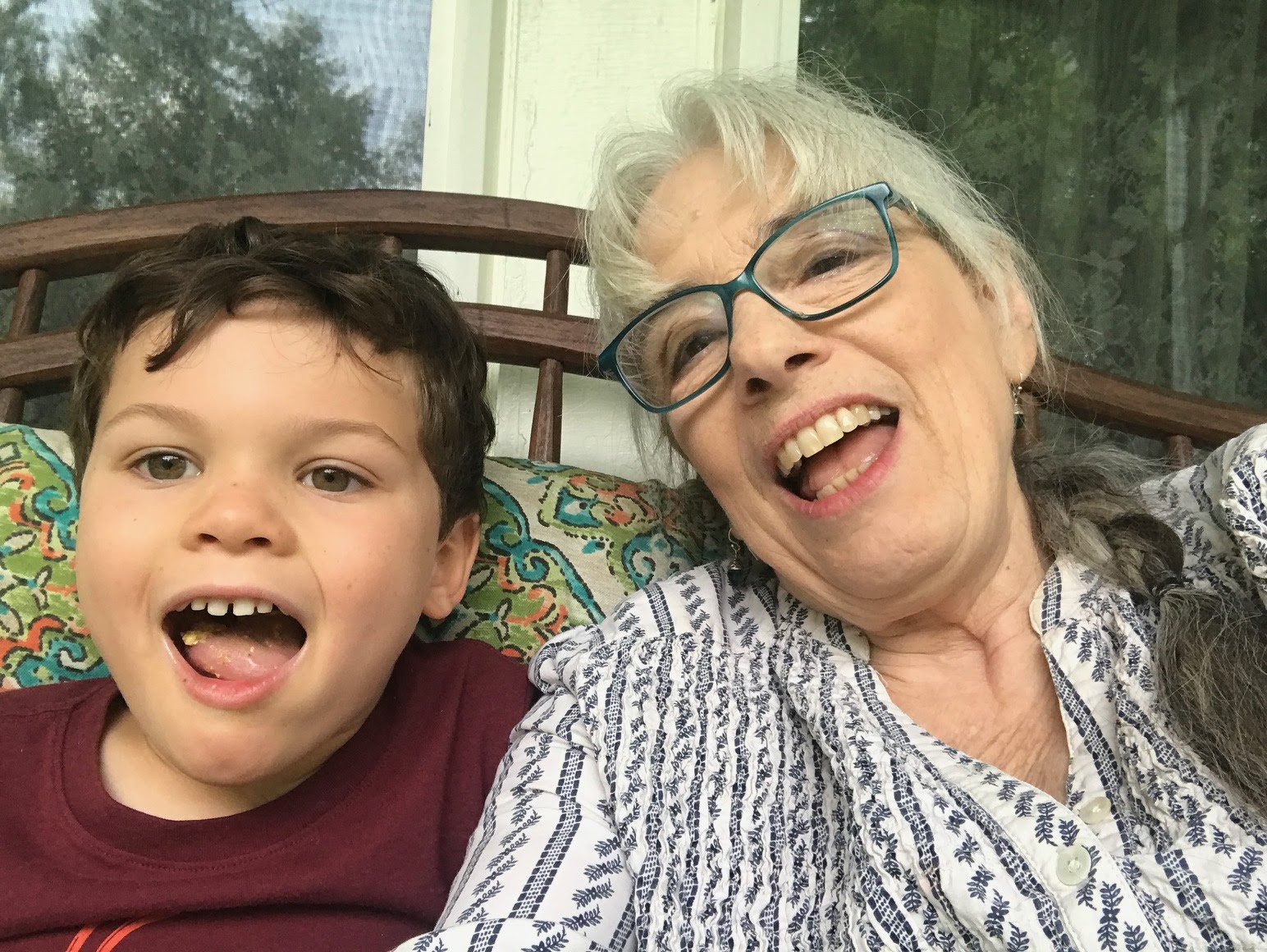Please click this link for book and author informationIn September my husband Will and I flew to Split, Croatia, to visit our son Matt, who is living there for a year. Before leaving, Will plotted a 10-day road trip from Split through mountains, lakes, and charming towns in Croatia and neighbouring Slovenia. Matt took a holiday from work to join us.
Our trip began with a couple of glitches - the long range weather forecast predicted rain and unseasonably cool temperatures and the airline lost our luggage with our warm and waterproof clothing. Our first stop on the drive was the Mall of Split, where we bought rain ponchos, umbrellas, toothbrushes, and spare t-shirts, underwear and socks.
Day two was Plitvice National Park, about three hours north of Split on the scenic mountainous route. We spent six hours at the popular park walking by hundreds of waterfalls and clear, green lakes. The views were awesome and we were comfortable in our five layers of clothes. The rain held off until the end of our walk, but I wore my poncho the whole time for warmth.


 |
| Selfie on the lake boat ride |
The following day, we drove to Slovenia. The highway wound past cornfields and picturesque towns, including Novo Mesto, birthplace of Melania Trump. At Ljubljana airport we were reunited with our luggage, which Split Airport had eventually located and kindly flew to our next destination. Dressed in our warm jackets, we enjoyed an evening walk in Ljubljana's downtown riverfront cafe area which buzzed with people and activity. It was lovely to see the castle, buildings, and bridges lit up on a dark clear night.
In the morning, we rode the funicular up to the castle that dominates Slovenia's capital city. The highlight was the tower lookout's 360-degree views of the surrounding area. The recent precipitation had fallen as snow on the mountaintops, which made the city's backdrop extra spectacular.
After our Slovenian lunch of sausages and cabbage soup, we had dessert and cappuccinos at the rooftop restaurant in Nebotičnik Skyscraper (12 stories) for more panoramic views until rain chased us into the National Museum of Slovenia. The museum portrayed the history of Slovenian peoples from Neanderthal to the present time.
 |
| Oldest musical instrument in the world - 60,000 years old Neanderthal flute from the Divje babe cave |
From Ljubljana, we settled in Lake Bled for three nights. On our first walk, the lake was stunning in the late afternoon light.
In the morning, we walked up to Bled Castle and around the lake. At the far end, we hiked to a viewpoint with views of Bled Island and Bled Castle. The day's weather was perfect - sunny and high of twenty degrees Celsius (68 F).
 |
| A lite lunch at the Bled Castle cafe |
 |
| Bled Island with church in middle of the lake, Bled Castle at the far end |
On our second full day in Bled, we did a day trip to Vintgar Gorge. Since COVID, the Triglav National Park has set up a system of timed entries and one-way trails to reduce congestion during the crowded summer season. We found the gorge didn't outshine similar ones in our Canadian backyard, but the return path with views of Bled Castle and valley villages made the trek worthwhile. The park charges 10 Euro per person which includes helmets for protection from falling stones and banging your head on the rocks jutting out from the side of the gorge's narrow boardwalk trail.
The following day, we set out for the Julian Alps, took a wrong turn, and found ourselves in a five-mile tunnel. Half-way through it, Matt's phone pinged: "Welcome to Austria." Oops! Our car rental was only insured for Croatia and Slovenia. At the Austrian end, a lineup of delivery trucks stretched for miles.
To avoid getting stuck in the lineup, Matt found us a route through Austrian villages and a mountain pass back to Slovenia. We stopped at Kranjska-Gora, a resort town that reminded of us of Banff in our home province of Alberta.
For several hours, we drove the fifty switchbacks (they are numbered) up and over the Vrsic Pass. We stopped at viewpoints with vistas of craggy mountains and a Russian Chapel constructed by WWI Russian prisoners of war who built the road. Many died in the process and are buried near the chapel.
 |
| Mountain sheep brought traffic to a halt on a switchback turn |
Saturday was caves. First we visited Predjama Castle, built in the mouth of a cave. Guiness World Records lists it as the world's largest cave castle. The original owner was a robber baron who possibly used the 12 miles of tunnels leading into the mountains to hide his booty.
 |
| View from castle cave window |
Postojna Cave was massive, impressive, and fun. A 10-minute train ride took us deep into the cave. A guide led us on an hour-long walk through the multitude of formations. The walk ended at aquarium of olm, a cave salamander completely adapted to life in underground water. Since food isn't plentiful in caves, olm only eat every ten years. Scientists estimate their average lifespan is 68.5 years.
 |
| Matt, Susan, & Will on train |
 |
| Olm in aquarium |
After the caves, we left Slovenia, re-entered Croatia and headed for the coast. Our last days of the road trip were sunny and warm. We took the slow and winding coastal route back to Split, stopping at seaside towns and villages.
The summer-like weather prompted us to swim at one of the numerous beach coves along the coast. Quite a change from our cool, rainy days at the start of our drive and a fabulous finale to our road trip.




























.jpg)







.jpg)


.jpg)

.jpg)